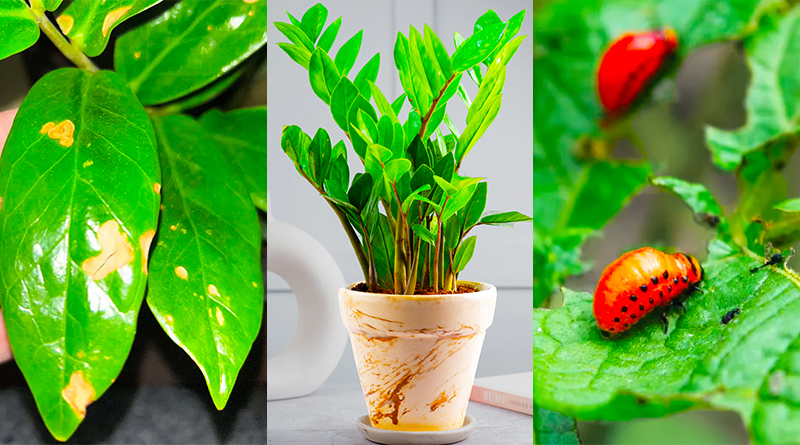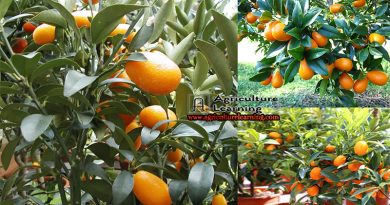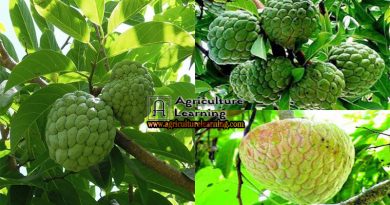Why are There Spots on My ZZ plant Leaves?
ZZ plant is a plant of semi-evergreen perennial in the Araceae (aroid) family and native to Africa. The species name means with leaves like Zamia, which is an unrelated genus. The issue of leaf spot on plants is largely one of aesthetics. The term “leaf spot” includes several varieties of disease. In this article, we will explore the reasons of leaf spot.
Fungi
Fungi are the uninvited guests at the party, leaving behind brown or black spots as their calling card. Fungi are the most common pathogens that cause leaves spot. Air circulation and avoiding wet leaves are key to keeping these party crashers at bay. Two of the most common types of bacteria that cause ZZ plant leaf spot are Pseudomonas and Xanthomonas. Even less common is leaf spot caused by a foliar nematode.
Tiny Terrors
Pests are the ninjas of the plant world, often leaving only subtle signs of their presence, like brown spots. Spider mites and other freeloaders can be shown the door with insecticidal soap or neem oil. Overwatering is like rolling out the red carpet for pests.
Water
One reason your ZZ Plant’s leaves are turning brown spot on the edges could be due to your tap water. Tap water contains salts, chlorine, minerals and fluoride – all of which can build up in the soil of your plant causing the tips of the leaves to burn and turn brown.
Dry Soil
Your ZZ Plant loves to dry out a bit between waterings, but be sure you’re not forgetting about it completely. If you accidentally let your ZZ Plant’s soil dry out completely, you may see brown spots on leaves, along with potentially wrinkled stalks.
Humidity
Your ZZ Plant may also be spot from a lack of humidity. Lack of humidity will make spots on the ZZ plant leaves.
50 total views, 1 views today





Pingback:Agriculturelearning-The biggest field of agricultural information in Bangladesh
Pingback:Agriculturelearning-The biggest field of agricultural information in Bangladesh